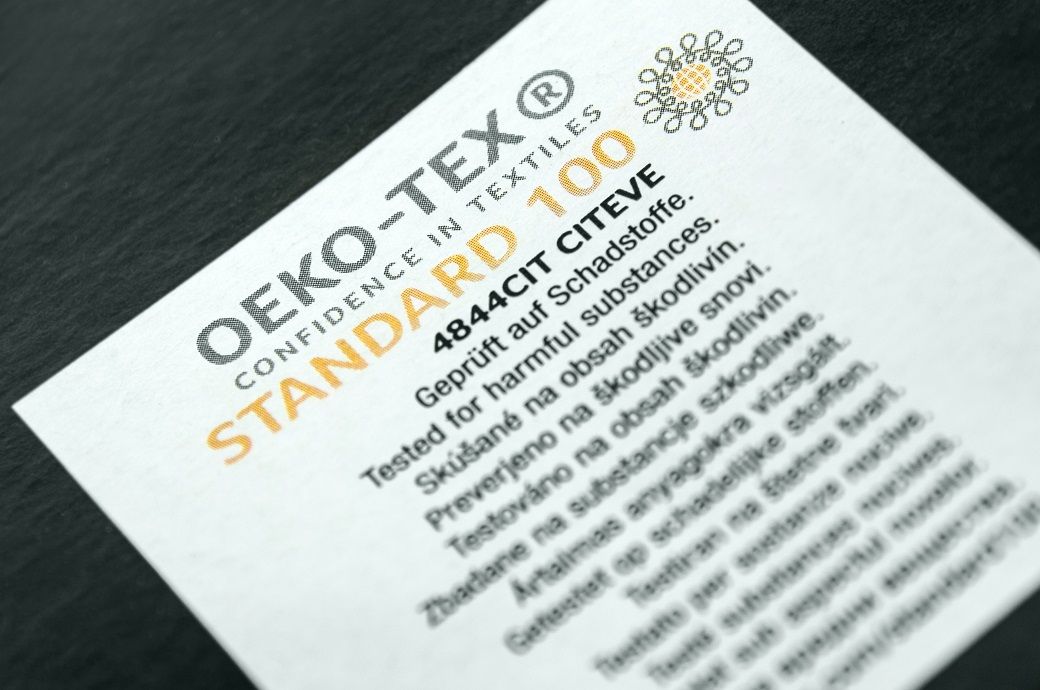TikTok creator Kayla Ryan claimed she found her “cure for getting-ready anxiety” in a July 25 video that’s been viewed over 2.5 million times. She’s wearing a snug white tank top, wide-leg jeans, and sneakers, with a tangle of gold necklaces layered on top. She calls it the “go-see outfit.”
On the social media platform this month, go-see outfits are receiving the same treatment as fisherman sweaters and Pucci prints: They’re framed as a “new” discovery, despite their many years of history in the industry. Searches have surged, with a Google Trends report showing queries for “go-see outfit” reaching a record high as of July 28.
Anyone who’s followed models’ runway comings and goings since the early aughts can tell you: go-see outfits are the simple basics, often a tight T-shirt or cami and low-rise leggings or jeans, that models wear to casting calls for fashion shows and ad campaigns. The phrase received its last pop-culture shoutout during America’s Next Top Model’s heyday, when Tyra Banks emphasized their importance to impressionable contestants.
Why? Because go-see outfits are designed to highlight a model’s physique and their walk while remaining as unobtrusive as possible, the clothes are meant to complement, not distract. As creator @nicsfl1cs put it, “Models show up in the most flattering versions of their real-life looks.”
Model Barbra-Lee Grant attends the 2018 Victoria’s Secret Fashion Show casting in a typical go-see outfit: T-shirt, shorts, and heels.
(Image credit: Getty Images)
To commenters on videos like Ryan’s, the big debate is about the difference between a “go-see outfit” and a plain T-shirt. As an older millennial fashion editor observing this, I’m more concerned about the use of that other descriptive F-word. In my experience, go-see outfits are a relic of a moment in time we should forget—even if we keep wearing those same old pieces.
I was first introduced to the go-see outfit not through social media but by an assignment. It was 2017, during the annual casting for the Victoria’s Secret Fashion Show. Models gathered at the lingerie label’s Midtown Manhattan office in their skimpiest shorts and tallest heels while photographers captured every move, hoping to secure a spot on the brand’s glittering (and, as we now know, back then, highly controversial) runway.
As a junior fashion editor writing for another magazine’s website, I was responsible for covering everything: who showed up, who received a callback, and scrutinizing every outfit. Hailey Bieber (née Baldwin) made headlines when she followed the go-see outfit formula but still didn’t make it to the runway.
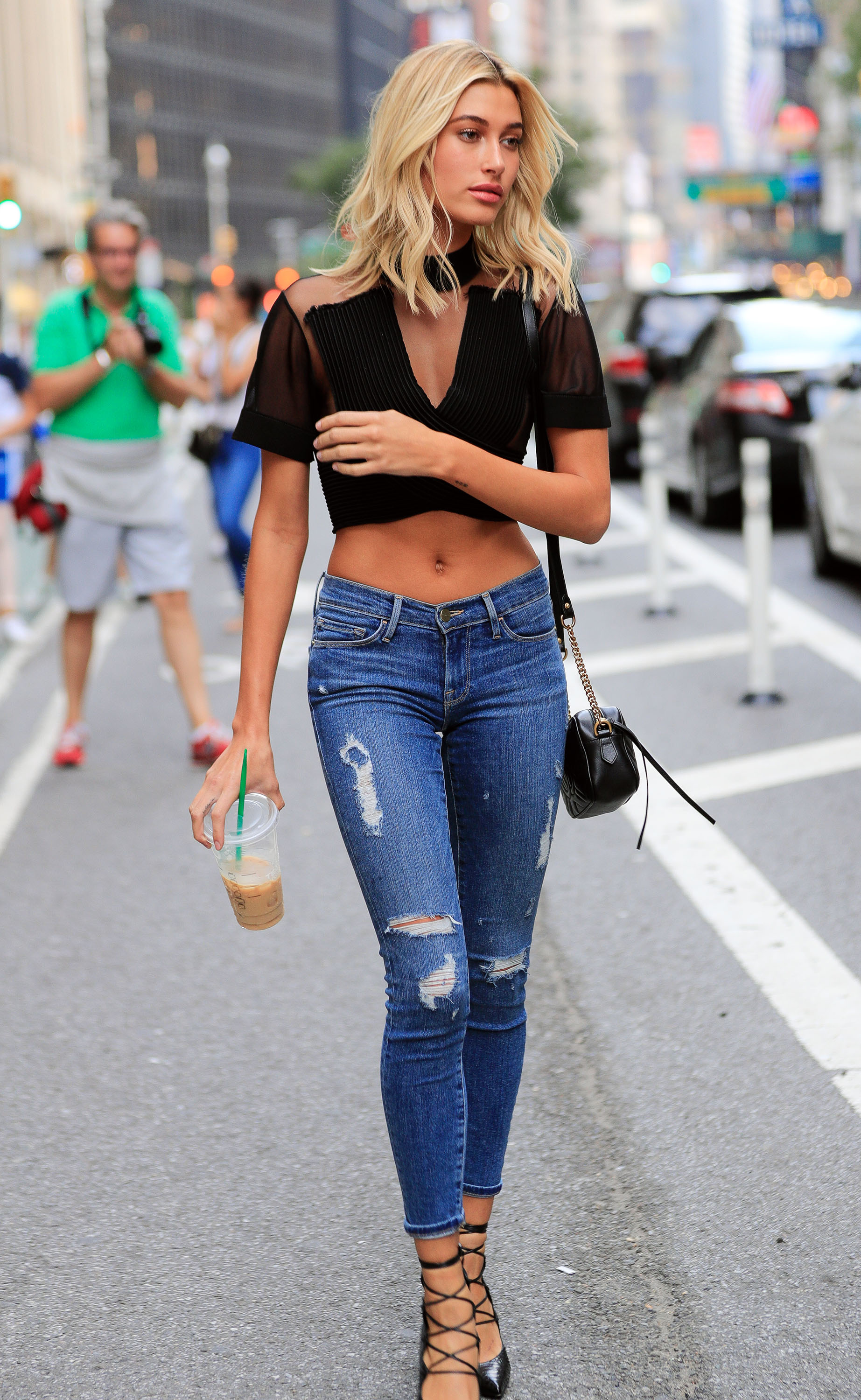
Hailey Baldwin attending the Victoria’s Secret Fashion Show casting in her take on the go-see outfit.
(Image credit: Getty Images)
Primarily, the go-see outfit represented what these women would wear to be judged based on their bodies and walks. Year after year, the models who made the cut were always the thinnest. We now understand that this dynamic isn’t limited to events like the Victoria’s Secret casting call; it also affects the modeling world for on-location ad campaigns and major runway shows. (I recommend reading Cameron Russell’s memoir for more insights into her time as a model and the industry’s darker sides.)
I’m sure no one on TikTok intended for the go-see outfit discussion to become this intense—and who doesn’t look at someone like Emily Ratajkowski or Gigi Hadid and feel inspired by their outfits? But specifically praising the go-see outfit becomes concerning when you think about who is getting hired for modeling jobs because of it. The annual Vogue Business fashion week casting study shows that size-inclusive models appearing in major fashion week markets have decreased over the past three seasons. Combined with advertising for weight-loss drugs and activewear that promotes ‘thin is in,’ the go-see outfit seems like another sign of an increasingly body-negative cultural climate.
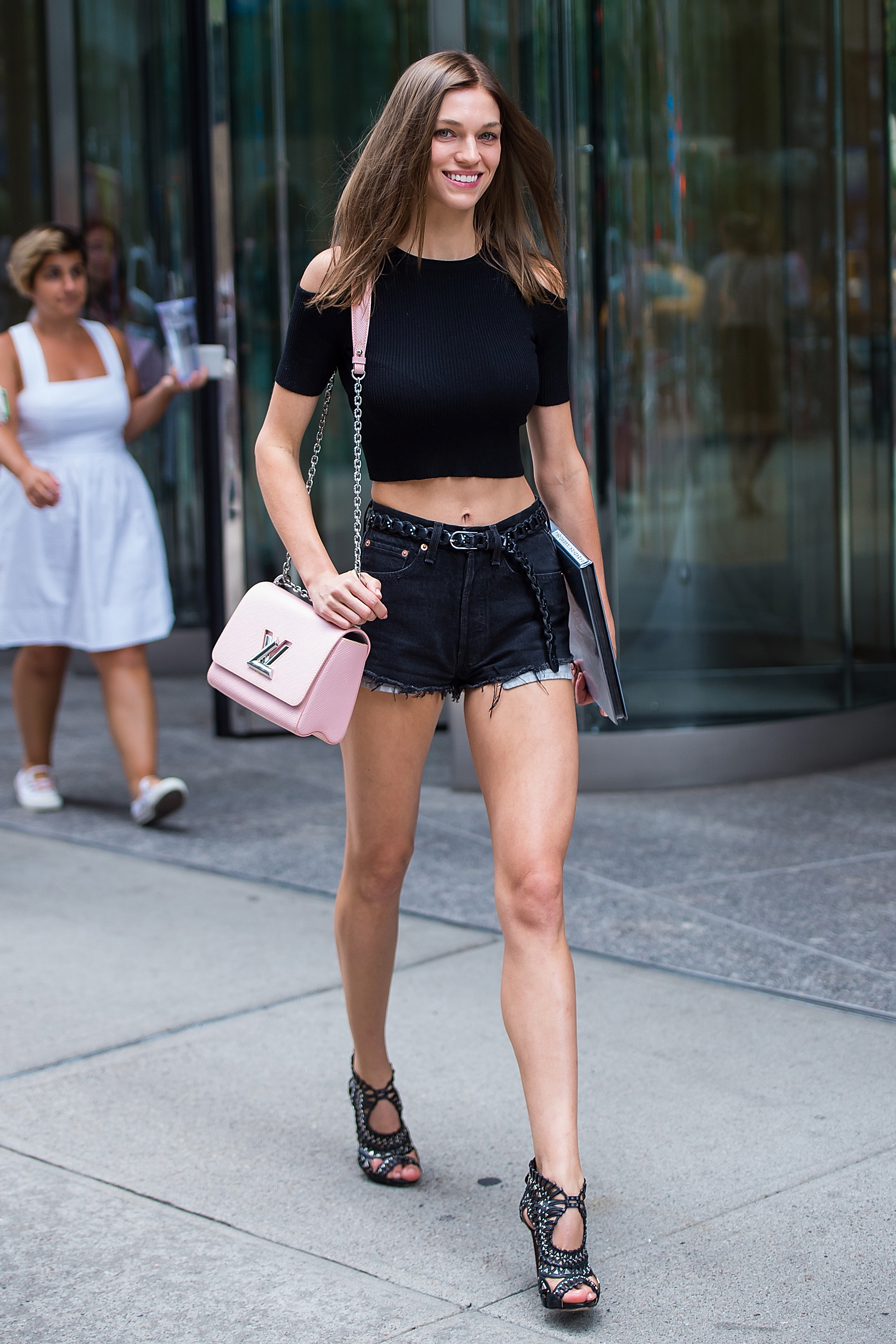
Another prototypical go-see outfit, complete with microshorts and a tight top.
(Image credit: Getty Images)
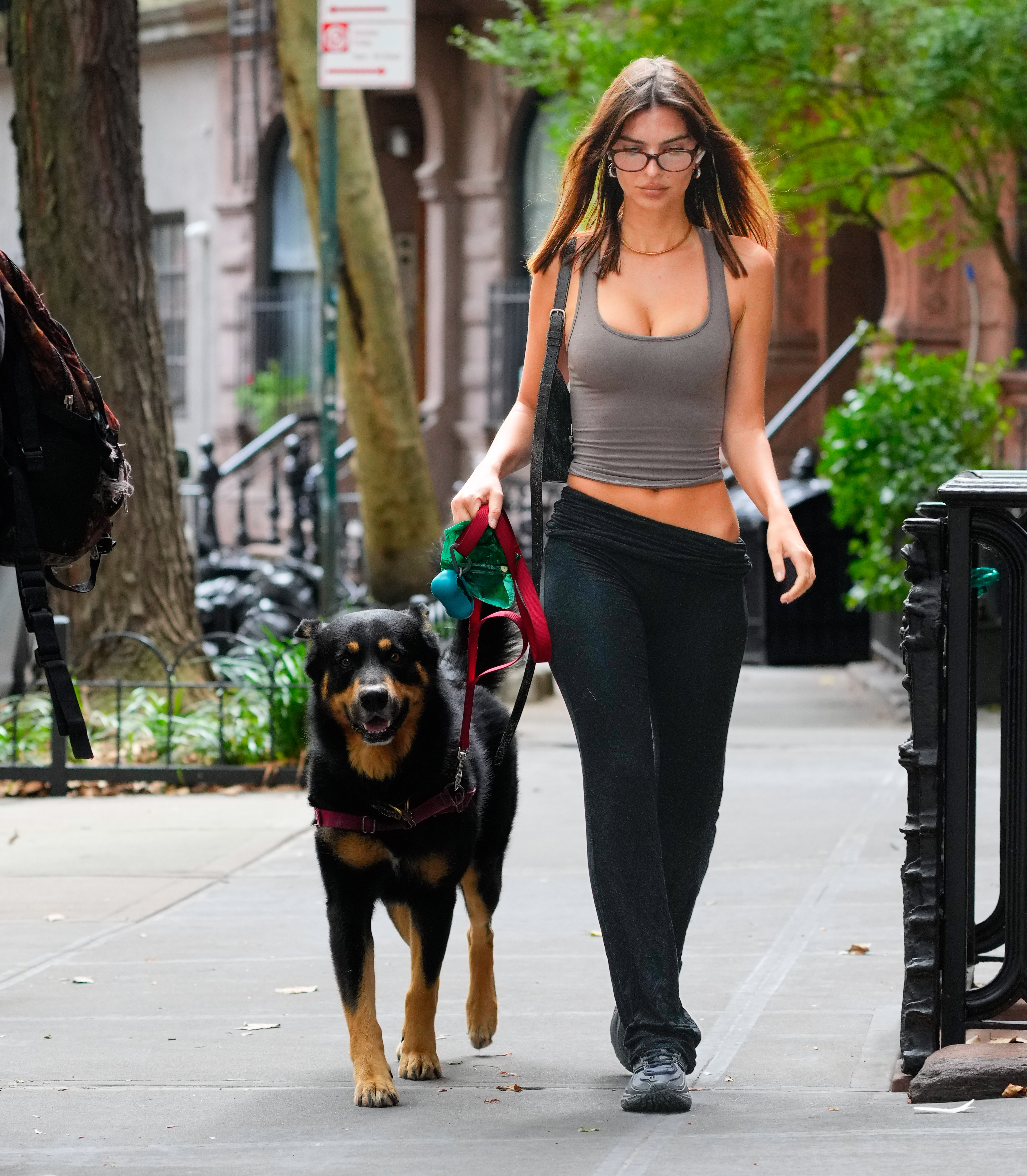
Emily Ratajkowski is factually wearing a dog-walking outfit. TikTok says, actually, this is a go-see outfit.
(Image credit: Getty Images)
Packaged as a “go-see outfit,” basics like clingy tank tops and track shorts or pants feel aspirational mainly because of who’s wearing them and where. Outside of this very specific context—and on women not running around a major U.S. style city—these pieces might not communicate the same so-called model energy. It’s a phenomenon my colleague, fashion features editor Emma Childs, mentioned on Slack with a single question: “Is this a good outfit, or is she just skinny?”
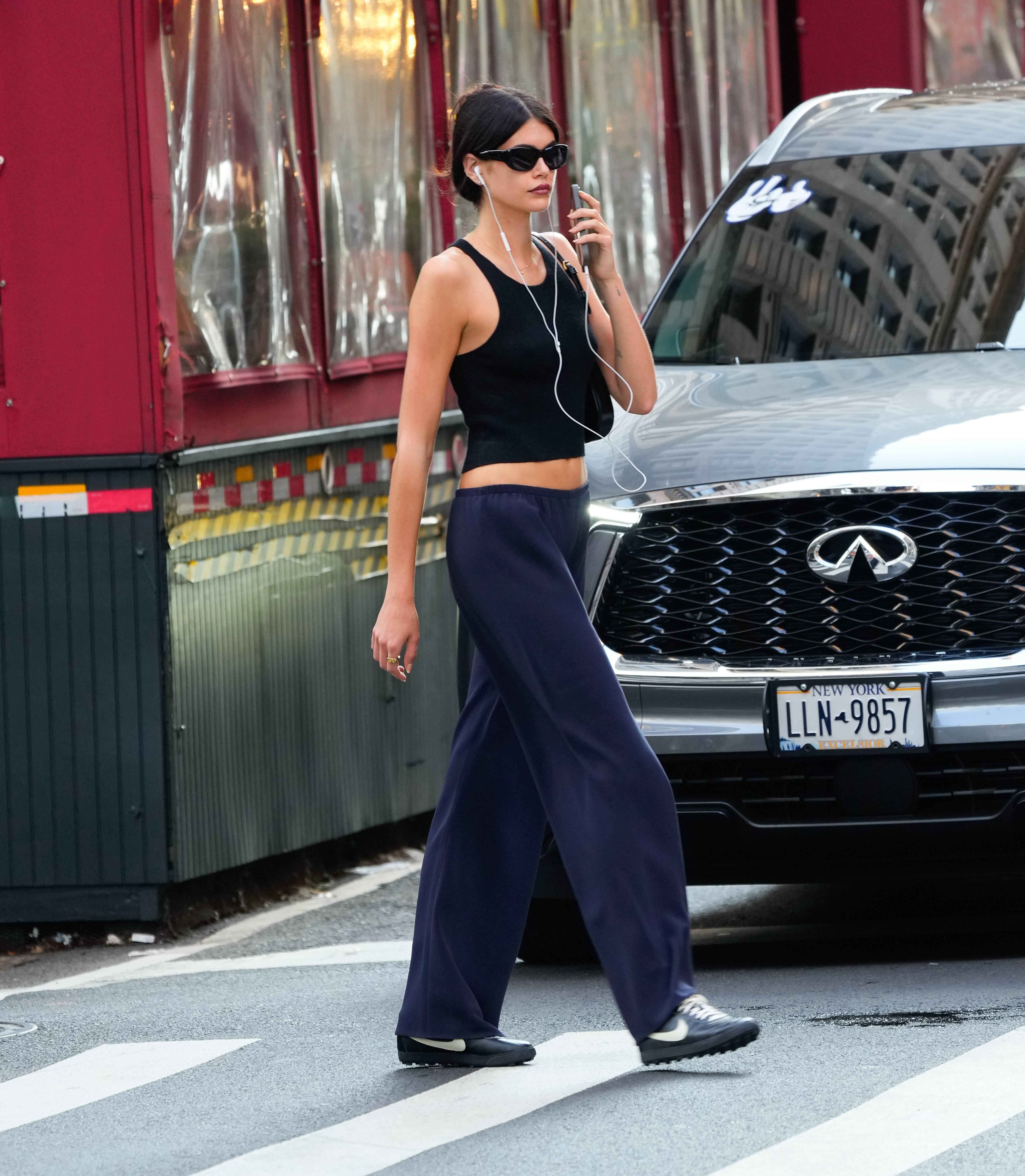
Kaia Gerber’s casual look fits the TikTok go-see definition: tight cami, relaxed pants, few colors.
(Image credit: Getty Images)
I can already predict some of the responses to my complaint about this specific fashion discourse. “You’re just a triggered millennial!” “You’re only complaining because you’re too [insert unkind adjective about my appearance here] to dress like this!”
I’ll admit that dedicating too much emotional energy to a TikTok trend isn’t smart. By the time I click “publish,” someone will claim to invent another catchy phrase for an outfit formula we all already know and wear, and the cycle will begin again.
Still, seeing this relic of an earlier, less-woman-friendly fashion era makes me pause. We can reboot the Victoria’s Secret Fashion Show to make the casting more inclusive; we can acknowledge when luxury designers create for curves with models to match (and call them out when they don’t). And we all, of course, can wear leggings and little camis to our hearts’ content, regardless of our size. But if we’re bringing the “go-see” look back, let’s make sure the casting call feels different this time.

